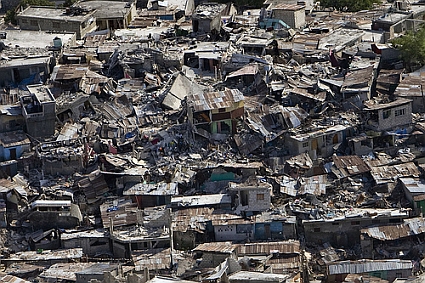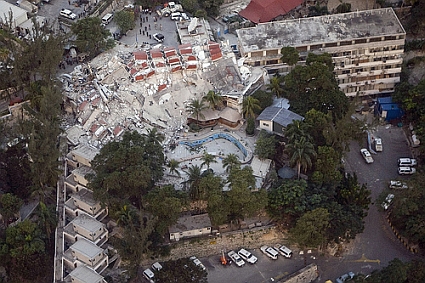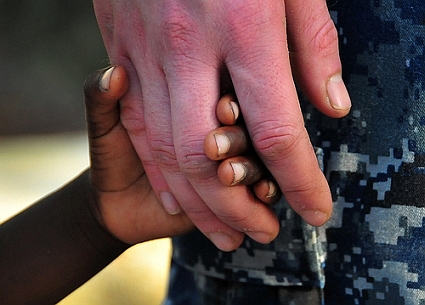Haiti – “Unity Makes Strength”
Haiti appears to have had a lot more than its fair share of political turmoil, poverty and natural disasters over the years.
On Tuesday afternoon, January 12, 2010, Haiti’s history and life of its citizens was again abruptly turned upside down. The tiny island in the Caribbean Sea was struck by a magnitude-7.0 earthquake, the country’s most severe earthquake in more than 200 years.
The confirmed death toll has risen to 150,000+, but that was only the count of bodies so far found in Haiti’s capital, Port-au-Prince.
Haiti’s recorded (troubled) history began about 5 centuries ago, on December 5, 1492, when the European navigator, explorer and explorer Christopher Columbus landed on the beach of an island in the region of the western Atlantic Ocean, that later came to be known as the “Caribbean Sea.”
Haiti was inhabited by the “Taíno,” an Arawakan people, who variously called their island “Ayiti,” “Bohio,” or “Kiskeya.” Columbus promptly claimed the island for the Spanish Crown, and soon after his arrival renamed it “La Isla Española,” the Spanish Island.
Following these events, both Spain and France ended up colonizing what is now modern-day “Haiti.” Eventually, however, the island’s emerging multicultural population battled through and won its own independence about 2 centuries ago, in 1804.
Haiti’s Flag was adopted on February 25, 1987. The nation’s flag is a simple one with two horizontal strips of blue and red of equal size. The blue and red of the flag were retained after a French Tricolore was torn up in 1803, one year before Haiti’s independence. The two parts ended up being stitched together horizontally to make a completely new flag.
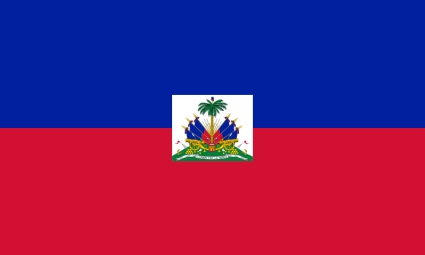
The flag of Haiti.
What Haiti’s Flag symbolizes and the feelings it evokes are what make this flag especially powerful. It recognizes the country’s European heritage through its vibrant blue and red colors.
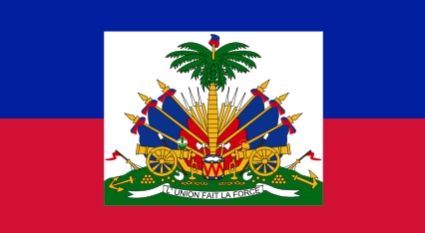
The coat of arms of Haiti on the center of the flag.
Since 1843, Haiti’s Flag has had the coat of arms of Haiti on a white panel in the center. The coat of arms depicts a trophy of weapons ready to defend freedom, and a royal palm for independence. The palm is topped by the Cap of Liberty. The national motto is on a white scroll reading “L’Union Fait La Force,” Unity Makes Strength.
Today, Haiti’s left to deal with the tragic effects of a magnitude-7.0 earthquake that struck on January 12. Fortunately, many countries, organizations and individuals have come to Haiti’s aid.
People all over the world are showing a strong unified front by displaying Haiti’s Flag on their cars, in office windows, or outside their homes. By so doing, they also pay respect to the hosts of lives lost in this recent tragedy.
Visit the American Red Cross for information on donating money to Haiti.

